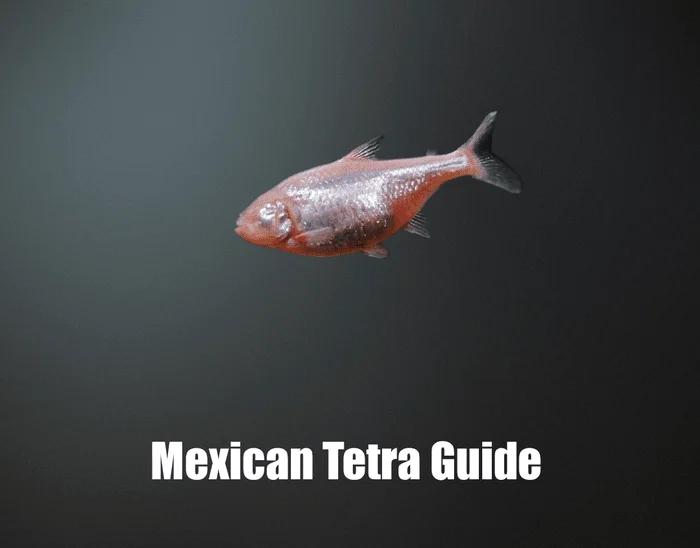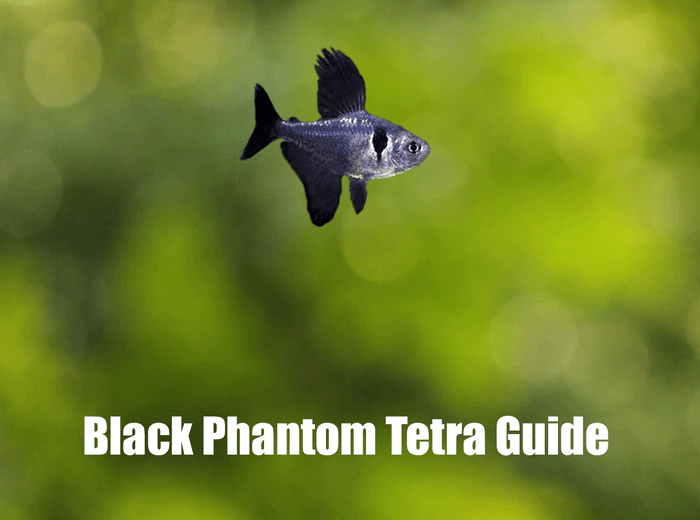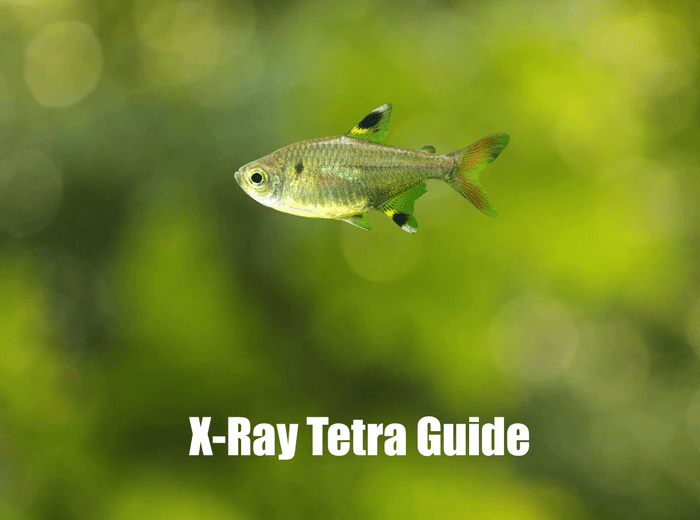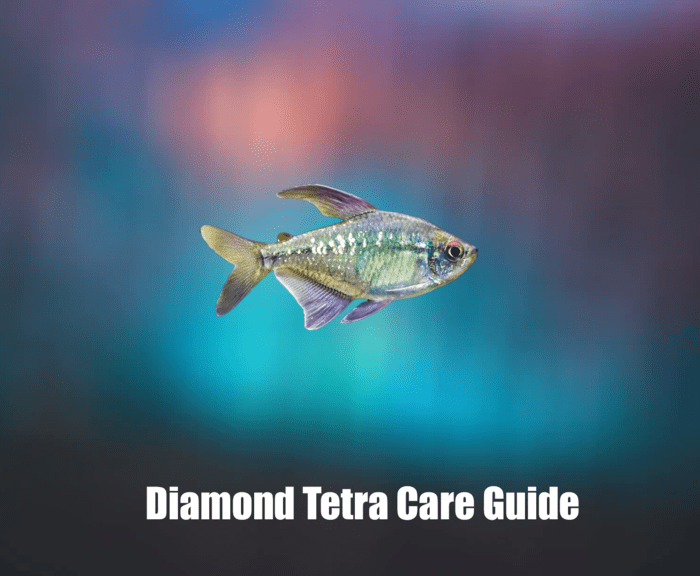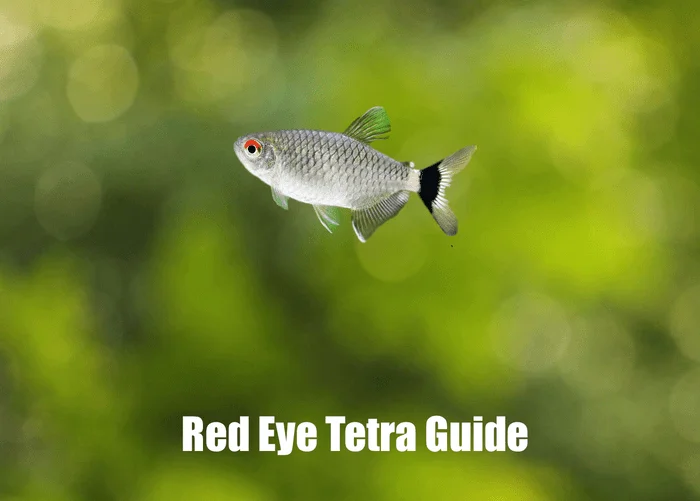Complete Care Guide for Raccoon Tetra: Creating a Unique Aquarium
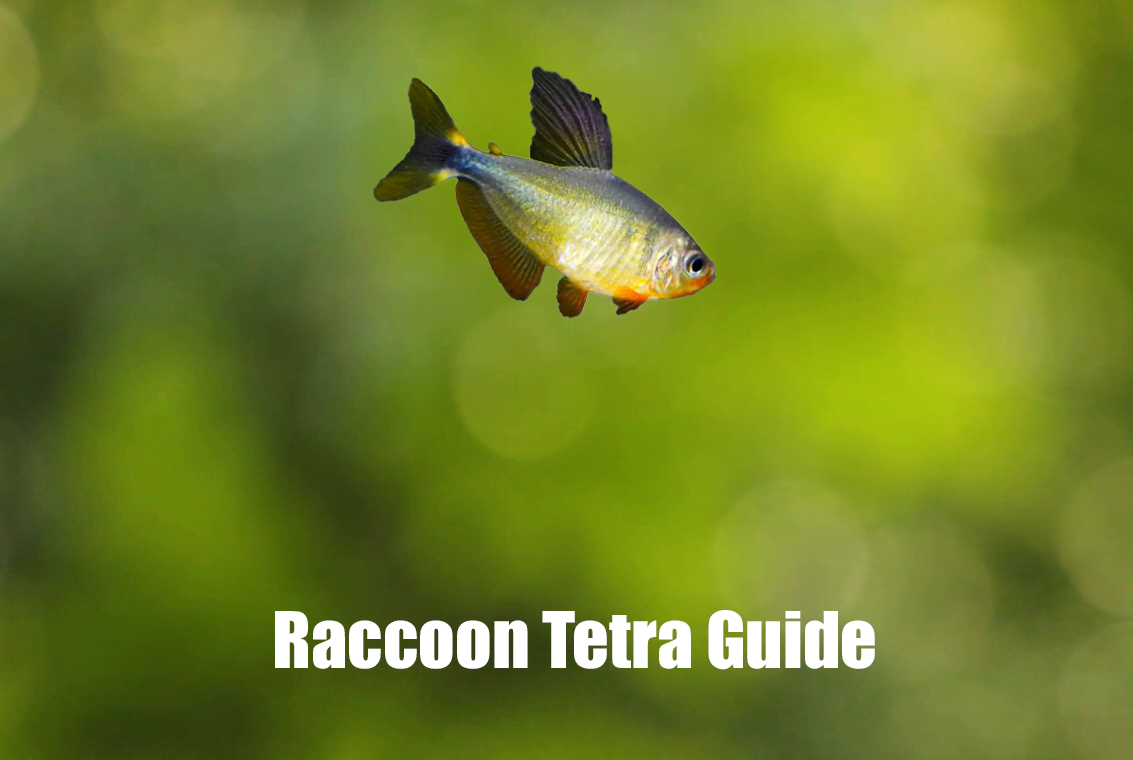
Introduction
Considering Raccoon Tetra for your aquarium or want to master their care? This comprehensive guide is crafted for aquarists of every experience level. Raccoon Tetra, scientifically recognized as Hyphessobrycon procyon and valued for their unique patterns and sleek body shape, make a fascinating addition to freshwater environments. This guide encompasses all the essential information to ensure your Raccoon Tetra thrive.
Understanding Raccoon Tetra
Origin and Characteristics
Raccoon Tetra, originating from the diverse river systems of South America, especially in the Amazon Basin, are a striking presence in the aquarium community.
These medium-sized fish, typically reaching about 2 to 2.5 inches in length, are celebrated for their distinctive raccoon-like markings around their eyes and the sleek, silvery body that makes them a standout in any aquatic environment.
Their most notable characteristic is the dark band running through their body, extending to the tail, which contrasts beautifully with their overall silver hue, enhancing their visual appeal.
During the breeding season, males may exhibit more intense colors and become more active.
Their calm demeanor and ability to adapt to various tank conditions make them particularly attractive to aquarists. As active swimmers, they often form schools and engage in playful interactions in the middle layers of the water, adding a vibrant and dynamic component to the aquarium.
Behavior and Tank Mates
Raccoon Tetra are sociable, schooling fish and should be kept in groups of at least six. They are well-suited for community tanks with other peaceful, similarly sized fish.
Their elegant swimming and gentle behavior make them a popular selection among aquarists. Some common and suitable tank mates for Raccoon Tetra include:
- Other Peaceful Tetras: Such as Neon or Rummy Nose Tetra.
- Dwarf Cichlids: Like Apistogrammas, which are also peaceful.
- Peaceful Barbs: Like Cherry Barbs.
- Dwarf Corydora: Peaceful bottom dwellers.
- Small Rasboras: Harmonize well in a community tank.
- It’s important to choose tank mates that are peaceful and won’t outcompete the Raccoon Tetra for food
Remember, while choosing tank mates, consider factors like water parameters, size, temperament, and dietary needs to ensure a harmonious aquarium. Also, always introduce new fish gradually and monitor their interactions to ensure a peaceful environment. 🐠
Setting Up the Perfect Tank
Tank Size and Conditions
A 20-gallon tank or larger is recommended for a school of Raccoon Tetra but they will benefit from some more swimming room. These Tetra thrive in specific water conditions that mimic their natural habitat. Additionally, maintaining ideal water parameters is the key to ensuring their health and well-being in a home aquarium. Here’s a breakdown of their ideal water conditions:

- Temperature: 72°F to 80°F (22°C to 27°C). This tropical temperature range helps in promoting their natural behavior and vibrant coloration.
- pH Level: 6.0 and 7.5, slightly acidic to neutral water conditions.
- Water Hardness: 5-15 dGH, indicating they prefer soft to moderately hard water
- Water Quality: Like most fish, Raccoon Tetra require clean and well-oxygenated water. Regular water changes (about 25% per week) are recommended to maintain good water quality. It’s crucial to remove any chlorine or chloramine from tap water before adding it to the tank.
- Nitrate Levels: Keeping nitrate levels low is important, as high levels can be harmful. Aim to keep nitrates below 20 ppm.
- Ammonia and Nitrite Levels: Both ammonia and nitrite should always be at 0 ppm. Even small amounts of these can be toxic to fish.
It’s important to use a reliable aquarium test kit to regularly monitor these water parameters. Sudden changes in water conditions can stress or harm your fish, so any adjustments should be made gradually. Maintaining stable water conditions is key to the health and longevity of your Raccoon Tetra. 🌊
Lighting and Decor
- Moderate Lighting: Mimic their natural, slightly shaded habitat with moderate lighting.
- Day/Night Cycle: Maintain a regular cycle, typically around 10-12 hours of light per day.
- Plants: Dense vegetation, including tall and floating plants, to provide hiding spaces and a natural environment.
- Substrate: A dark-colored substrate can enhance the natural colors of the fish.
- Hiding Places: Include driftwood, rocks, and caves for shelter.
- Open Swimming Space: Ensure ample free-swimming space to accommodate their active swimming behavior.
Diet and Nutrition For Raccoon Tetra
Feeding Habits
Raccoon Tetra are omnivorous. Therefore, a balanced diet including high-quality flake foods, frozen or live brine shrimp, daphnia, and occasional vegetable supplements will keep them healthy.
Feeding Schedule
Feed them small amounts once or twice a day, being careful not to overfeed.
Frequently Asked Questions
These medium-sized fish, typically reaching about 2 to 2.5 inches in length, are celebrated for their distinctive raccoon-like markings around their eyes and the sleek, silvery body that makes them a standout in any aquatic environment.
The Neon Tetra (Paracheirodon innesi) is often considered one of the most docile and peaceful tetra species, making it an ideal choice for community aquariums.
The Bucktooth Tetra (Exodon paradoxus) is frequently cited as one of the most aggressive tetra species, known for its nippy behavior and tendency to harass other fish.
Health and Wellness
Breeding Tips
Breeding Raccoon Tetra can be a rewarding experience, but it requires a bit of preparation and understanding of their breeding behavior. Here are some tips to help you successfully breed Raccoon Tetra:
- Breeding Tank: Set up a separate tank with soft, slightly acidic water (pH around 6.0-6.5) and a temperature of about 78-80°F (25-27°C). Dim lighting and fine-leaved plants or spawning mops are recommended.
- Identifying and Introducing Breeding Pairs: Choose healthy, mature fish (around 6-12 months old). The males are typically brighter and have slightly longer fins. Introduce them into the breeding tank, ideally one male to every two females.
- Condition the Breeders: Feed them high-quality live or frozen foods to encourage spawning.
- Spawning Process: Introduce a well-conditioned pair or small group. Spawning usually occurs in the morning.
- Post-Spawning Care: Remove the adults post-spawning to prevent egg predation. The eggs typically hatch in about 24-36hrs.
- Rearing Fry: Start with infusoria or liquid fry food, then graduate to baby brine shrimp as they grow.
Remember, patience is key when breeding fish. It might take a few attempts before you see success. Keep a close eye on the water parameters and the health of both the adult fish and the fry to ensure a successful breeding experience. Good luck!
Common Health Concerns
Raccoon Tetras, despite their adaptability, are not immune to the common health challenges faced by many tetra species, such as ich (white spot disease) and fungal infections.
These conditions can be especially troubling for Raccoon Tetras, with their distinctive markings and active behavior. Ensuring optimal tank conditions is critical for their health.
This entails regular water changes, maintaining stable water parameters (pH, temperature, and hardness), and providing a balanced diet to support their immune system. Their preference for slightly acidic to neutral water also needs to be considered to mimic their natural habitat in the Amazon Basin.
Vigilant monitoring of the aquarium for signs of stress or illness and immediate intervention is crucial. Prompt recognition and treatment can halt the progression of these common health problems.
Keeping a clean, stable environment and comprehending the unique requirements of Raccoon Tetras are essential steps to appreciate their dynamic presence and ensure they remain a vibrant part of your aquatic community. Discover effective aquarium management practices to ensure your Raccoon Tetras flourish.
Life Expectancy
Raccoon Tetras (Thayeria boehlkei) typically have a lifespan of around 3 to 5 years in a well-maintained aquarium. Their longevity can be influenced by various factors such as the quality of care, diet, and living conditions.
Providing an environment that closely mimics their natural habitat, with appropriate water parameters, a nutritious diet, and regular maintenance, can help maximize their lifespan and ensure they live healthily throughout their years in captivity.
Raccoon Tetra Wrap Up
In conclusion, Raccoon Tetra add a touch of unique patterning and lively activity to any freshwater aquarium. By adhering to the advice offered in this detailed care guide, you can create a thriving habitat that meets the distinct needs of your Raccoon Tetras.
These fish, with their characteristic eye markings and active schooling behavior, not only boost the aesthetic appeal of your tank but also play a vital role in enriching the aquatic ecosystem. The foundation of a vibrant and healthy aquarium is the maintenance of a stable and supportive environment.
By providing your Raccoon Tetras with appropriate water conditions, a nutritious diet, and attentive care, you’ll ensure that these engaging fish continue to flourish, bringing their distinctive presence and energy to your aquatic setup.
Share Your Tetra Experiences
Do you have any stories or tips about your Tetra tank? Share them in the comments below!
Help Others Discover This Guide
Navigate the Tetra in your tank with confidence. This guide is your pathway to creating a vibrant and healthy aquatic showcase. Enjoy the dazzling colors and lively nature of these unique fish!

